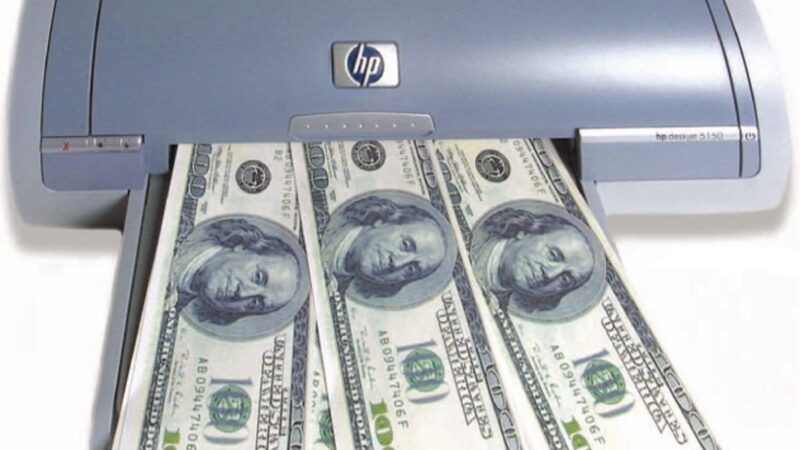The Army Thinks Printers Cost Over $1 Million
Poor accounting practices mean the Department of Defense can't even tell how much money or equipment it has lost.

The Army failed to properly account for tens of millions of dollars' worth of equipment, according to the Department of Defense's (DOD) internal watchdog.
A report released last week by the DOD Office of the Inspector General detailed the results of a recent audit of military bases in Kuwait. Specifically, the audit intended "to determine whether the Army effectively accounted for Government-furnished property (GFP)."
The audit focused on two bases, Camp Arifjan and Camp Buehring. In 2010, a contractor (not named in the report) was awarded a $75 million contract to provide operations and security support to both bases, including "food and housing, payroll support, fire protection, security protection, law enforcement, and transportation." The contract was extended multiple times, totaling more than $5 billion over more than a decade.
According to the contractor's records, in that time it received more than $108 million in GFP from the Army, such as "printers, refrigeration units, and vehicles." But the audit found that according to the Army's records, it had given the contractor nearly $157 million worth of equipment. And counterintuitively, despite its total dollar amount being about 50 percent higher, the Army recorded having provided 23,000 fewer individual items.
The report determined that the Army failed to account for at least 23,374 items. Of the remaining 123,988 items the contractor listed having received, the Army failed to record identifiers like contract or serial numbers on 111,877 of them, complicating oversight.
For the items that could be checked, the audit found costs that differed wildly between Army and contractor records. For example, the contractor received 12 printers, each estimated to cost up to $400; the Army's records listed the printers at $1.1 million each, for a total discrepancy of over $13.5 million. The contractor also received 17 refrigeration units, which it logged at a little over $24,000 apiece; the Army recorded a cost of over $650,000 each. The auditors discovered that the error came from the Army's procurement officer accidentally entering the total cost of 17 units as the per-unit cost, and even though he discovered and corrected his error, the correction never updated in the Army's system.
The report warned that lax record keeping on the part of the Army risks leading to theft or loss. In one cited example, "we found that one of the printers in our sample costing $408 was located at the contractor's staff apartment outside of Camp Arifjan without the Army's knowledge." Normally, removing GFP from the base requires the approval of the procurement officer, but due to the "Army's lack of accountability and oversight of location," the relocation of the printer went unnoticed.
Overall, for just the 61 items audited, the report found a discrepancy of more than $65 million.
These issues are not new, and not isolated to two bases in Kuwait. In fact, after discovering the 12 printers listed for over $1 million each, the inspector general determined that throughout the entire U.S. Army, there were 83 printers listed for that price, totaling a cost overage of more than $93 million. Despite acknowledging GFP in the hands of contractors as a potential weakness and "audit priority" in 2011, the DOD would not commit to a "resolution" before 2026.
It's not clear if there is any actual fraud at play in Kuwait: Other than the missing printer, the report does not allege that the contractor did anything wrong. But auditors had no way to verify that information. During the life of its contract, the contractor reported over $13 million in lost equipment. Without proper record keeping, there's no way for the Army to determine whether that equipment was truly missing—or whether it was, like the printer, creatively misplaced.
